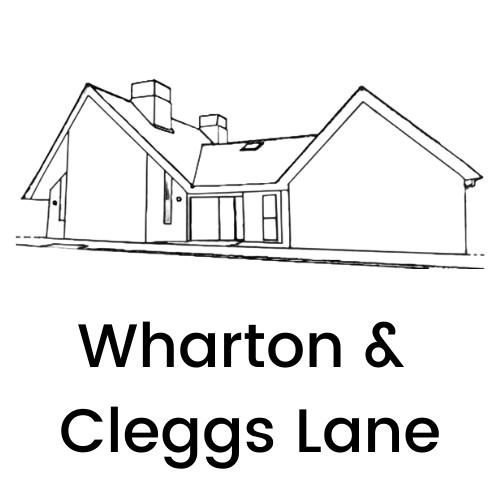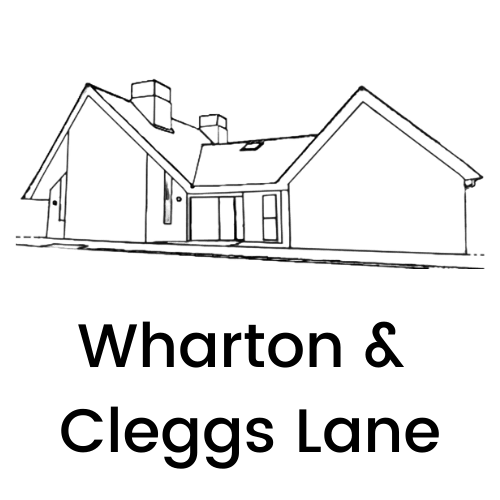Wharton United Reformed Church
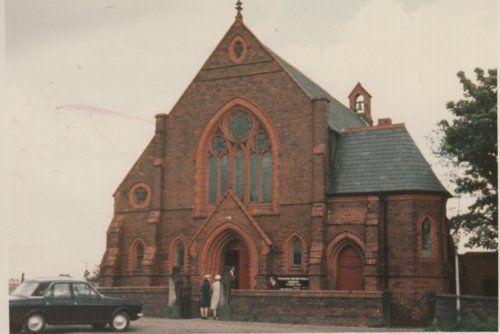
Slide title
Write your caption hereButton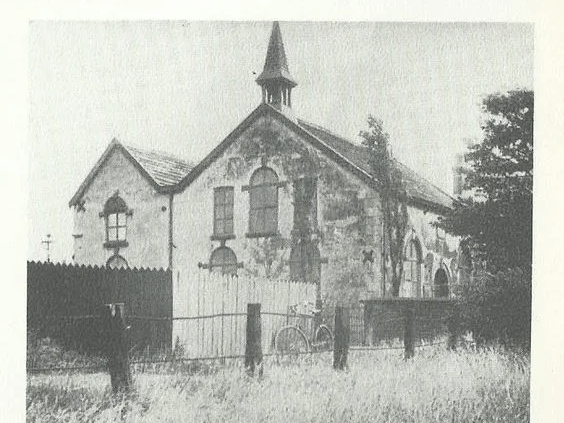
Slide title
Write your caption hereButton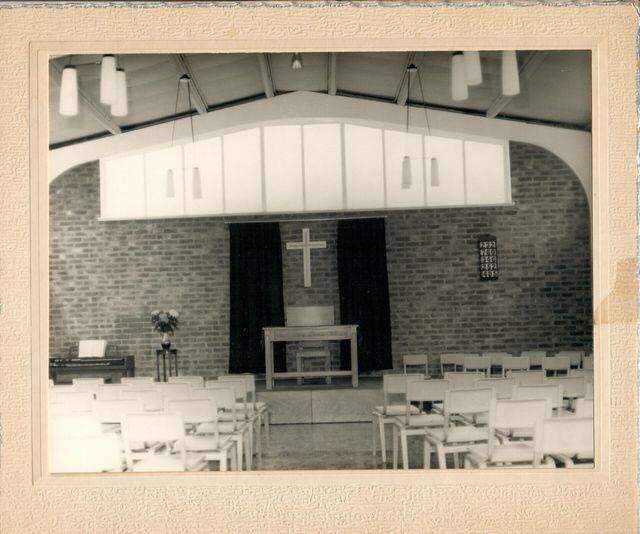
Slide title
Write your caption hereButton
Wharton Presbyterian Church is the oldest in Little Hulton, having first met in 1662, at Wharton Hall, under the ministry of Rev. James Woods. His son succeeded him in 1699 and invited Christian ministers to preach in his pulpit.
The first Wharton chapel was built in 1723 in what was described as ‘Dovehouse field’. The first minister was Rev. Peter Valentine. The Wharton and Chowbent chapels were closely connected, one example being that the bell founded in Wigan in 1723 for Chowbent chapel found its way to Wharton where it sounded for many years.
For a time it seems that the church became part of the Congregational Church, but by the mid nineteenth century had reverted back to Presbyterianism. The name ‘Presbyterian’ denotes that the church is governed by ‘Presbyters or Elders’.
One of the first challenges faced by the new minister in 1861 was the ‘instrument question’. A brass fiddle was used in the church to lead the singing. The new minister, Rev. John Gordon was not in favour of its use and when it was sent away for repair it was not returned. It is recorded that a ‘warm discussion’ took place concerning its restoration and for some years there was no instrumental music in the church. Eventually a harmonium was presented to the church in 1872 and an organ was installed in 1885 (at a cost of £235).
In 1867 land was secured off Wharton Lane for a new Day and Sunday School and the memorial stone was laid on July 3rd, 1869. Over subsequent years the building was extended and the church repaired. However, in 1889 the church began to show signs of subsidence and the colliery owners accepted liability. Repairs were made, but eventually it was decided a new building was needed. Funds were raised over a number of years and in 1900 the congregation moved to a new building on the same site as the previous church.
A similar event occurred to the building again in 1967 when the NCB agreed compensation of £5,000 for subsidence and another building was required. The old church closed on 11th June 1967 and it was decided to build a new dual purpose building on the new overspill estate on Highgate Lane. They left Wharton Lane for the last time to make the bold move to a new church, which was opened on 20th September 1969, by the Moderator of the General Assembly.
In 1972 the English Presbyterians and Congregationalists joined to form the United Reformed Church. The church at Wharton became Wharton United Reformed Church. From the start of the twenty-first century the Wharton church developed stronger links with the Methodist Church and joint services commenced with Cleggs Lane Methodist Church. In September 2004 the church joined the Farnworth and Worsley Methodist Circuit.
In 2012 350 years of Wharton URC was celebrated. Then two years later it was decided to sell the Wharton Church building and to join with Cleggs Lane Methodist Church with the aim of developing a new building on the Cleggs Lane site. This was not an easy decision and many emotional meetings and discussions took place.
As well as 350 years of history and tradition Wharton URC have brought their faith, worship and fellowship to the new venture. Two visible reminders of old Wharton are the old graveyard, which is still maintained and open for visitors. Also, proudly re-located into the new church is the magnificent Little Hulton Township War Memorial.
The book recording the 350 year history of Wharton United Reformed Church was titled ‘The Wharton Spirit’ and this spirit is evident in the new building. Hopefully the substantial new community church will last another 350 years, subsidence permitting!
